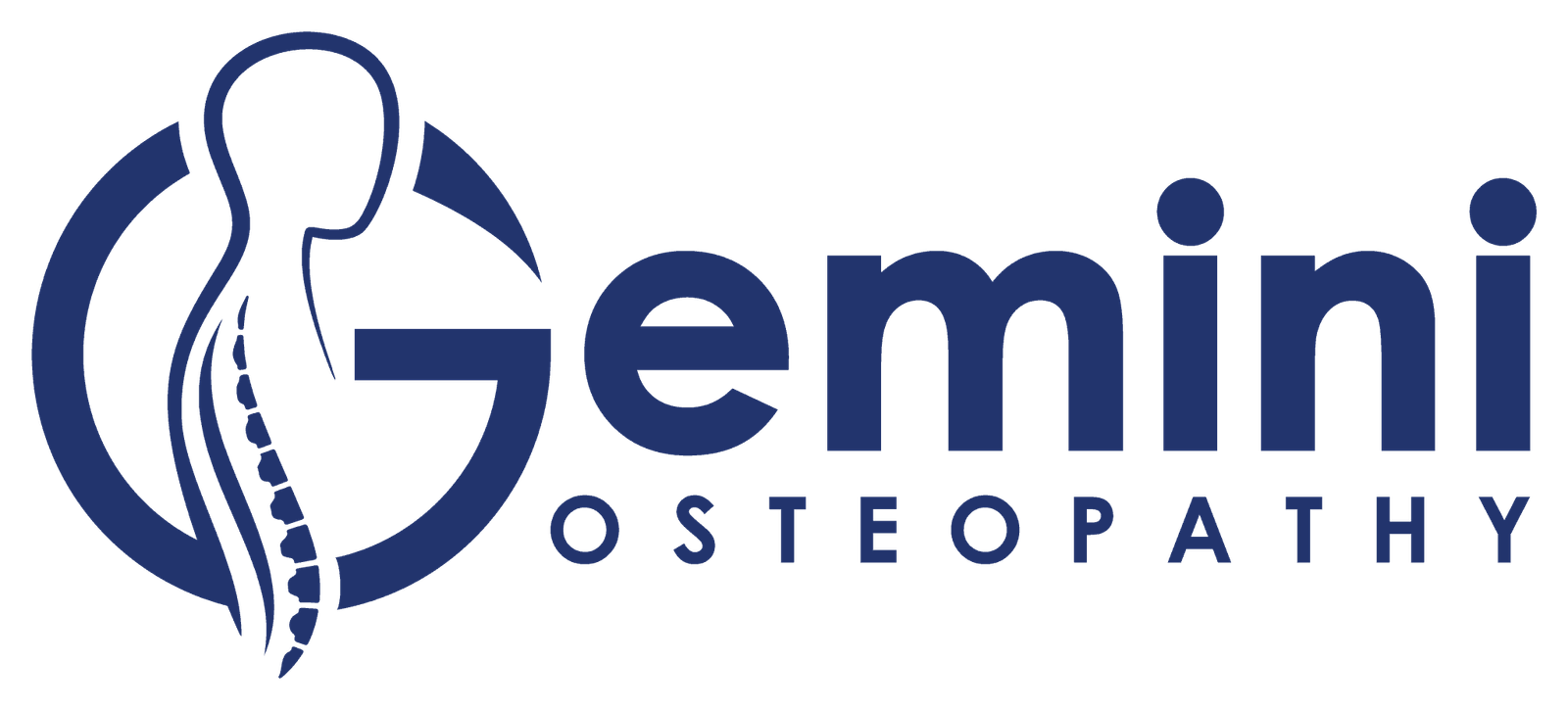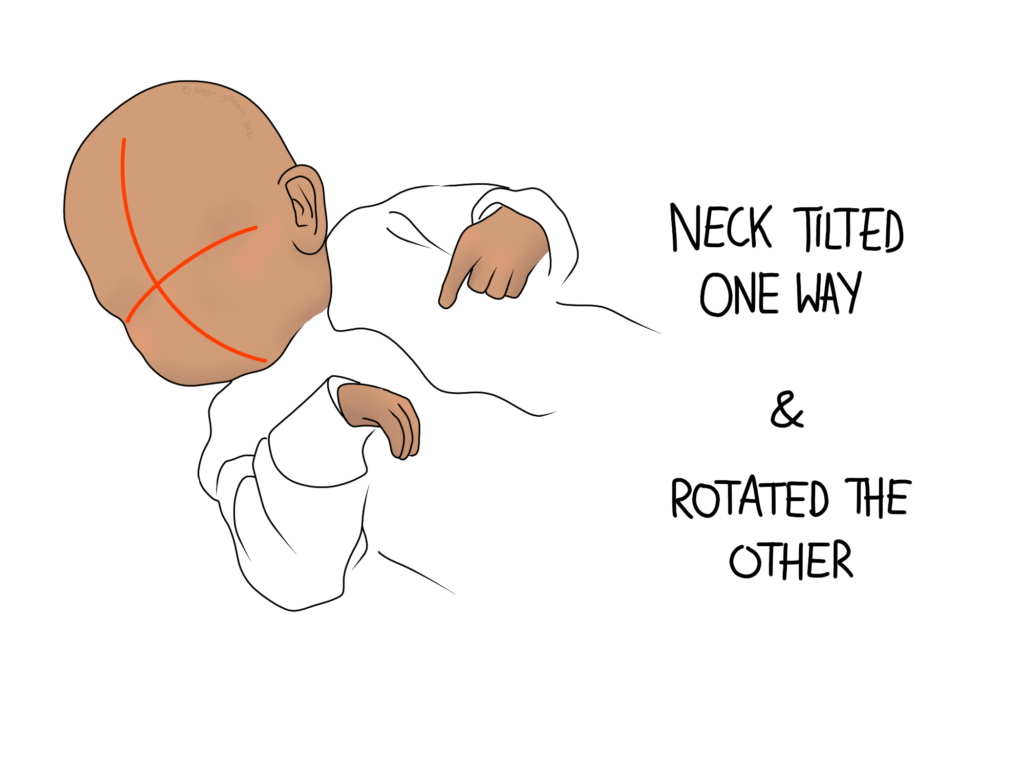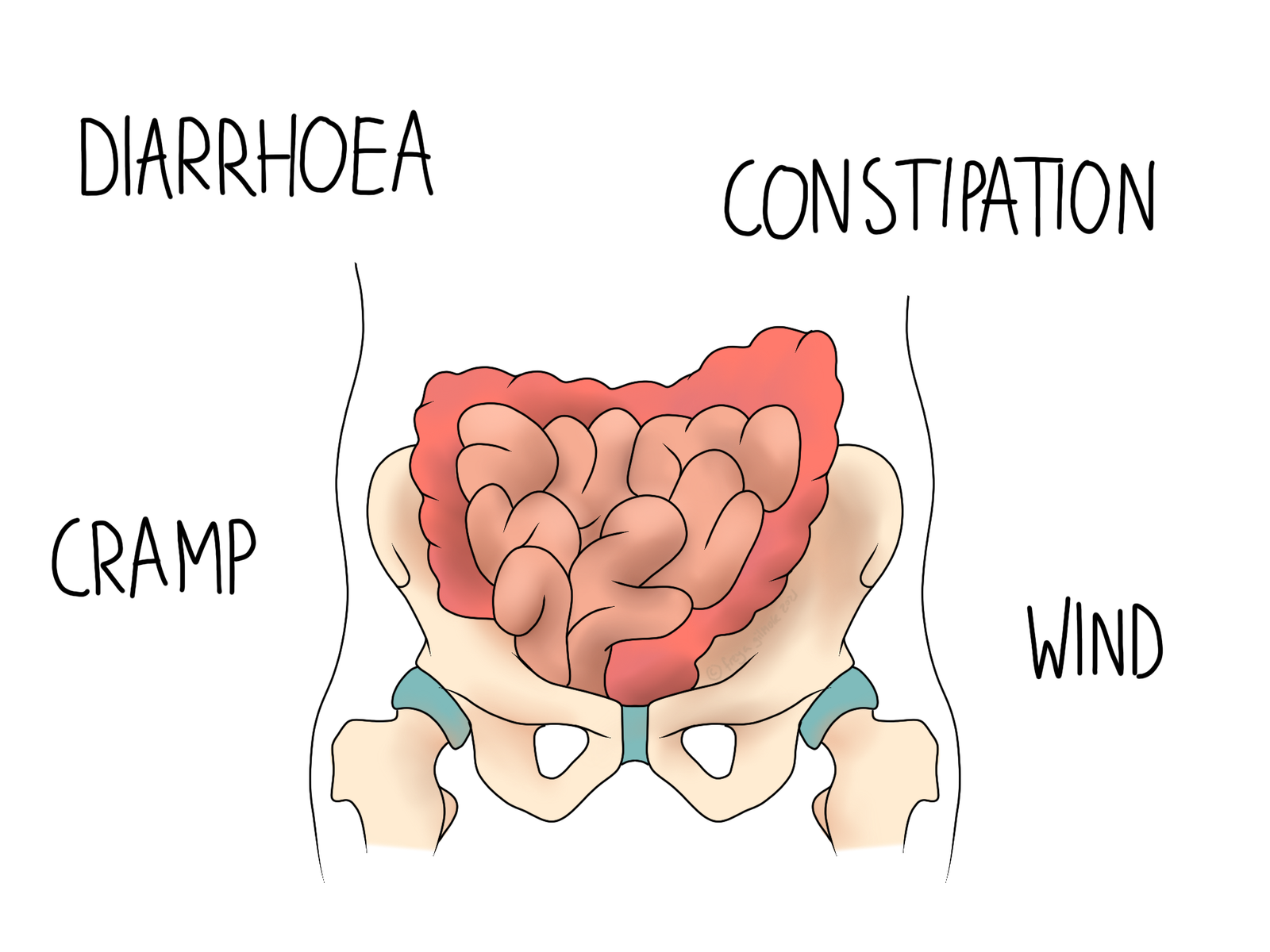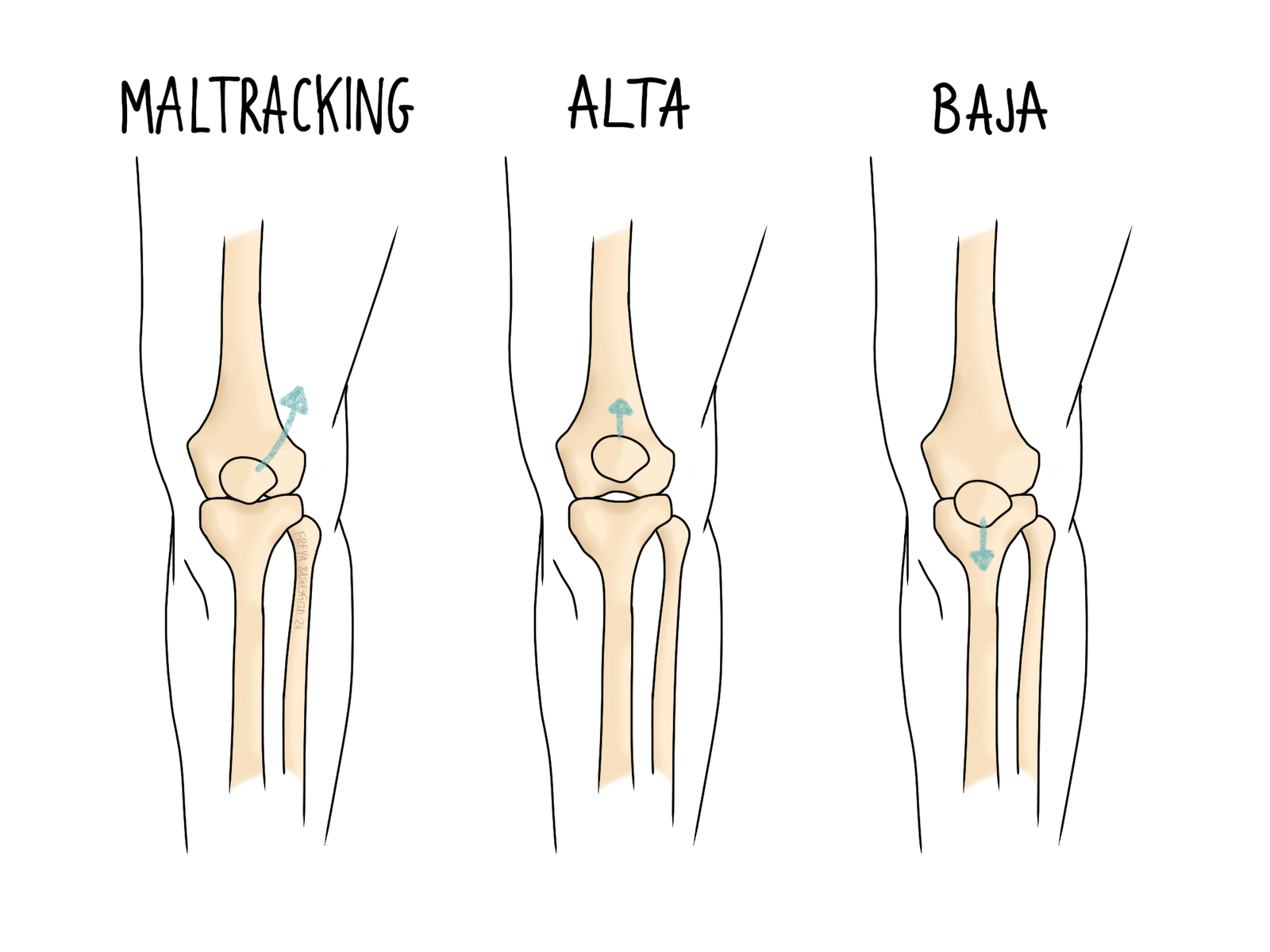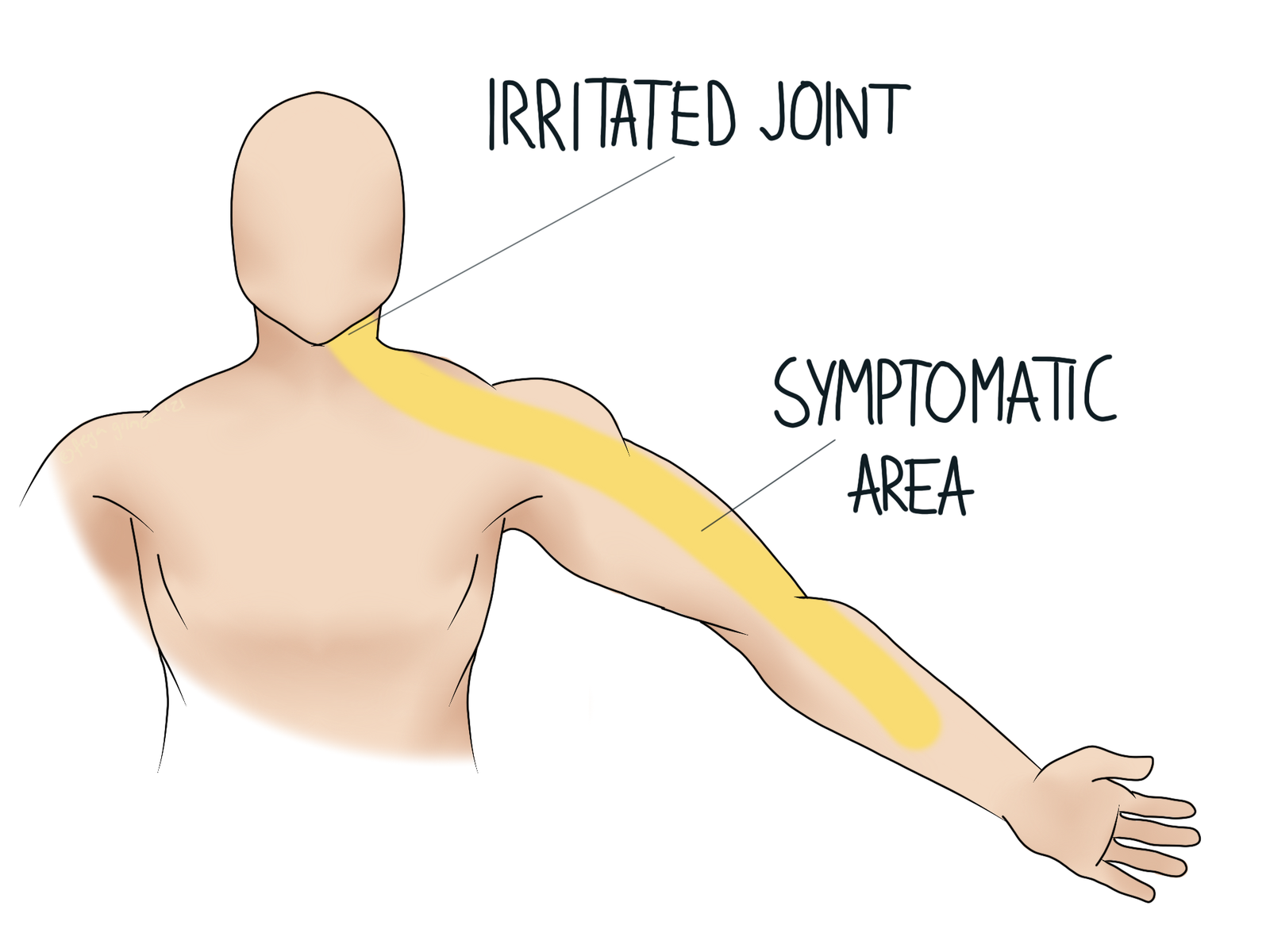We've all heard of IBS, but what is it really? It can't be diagnosed by…
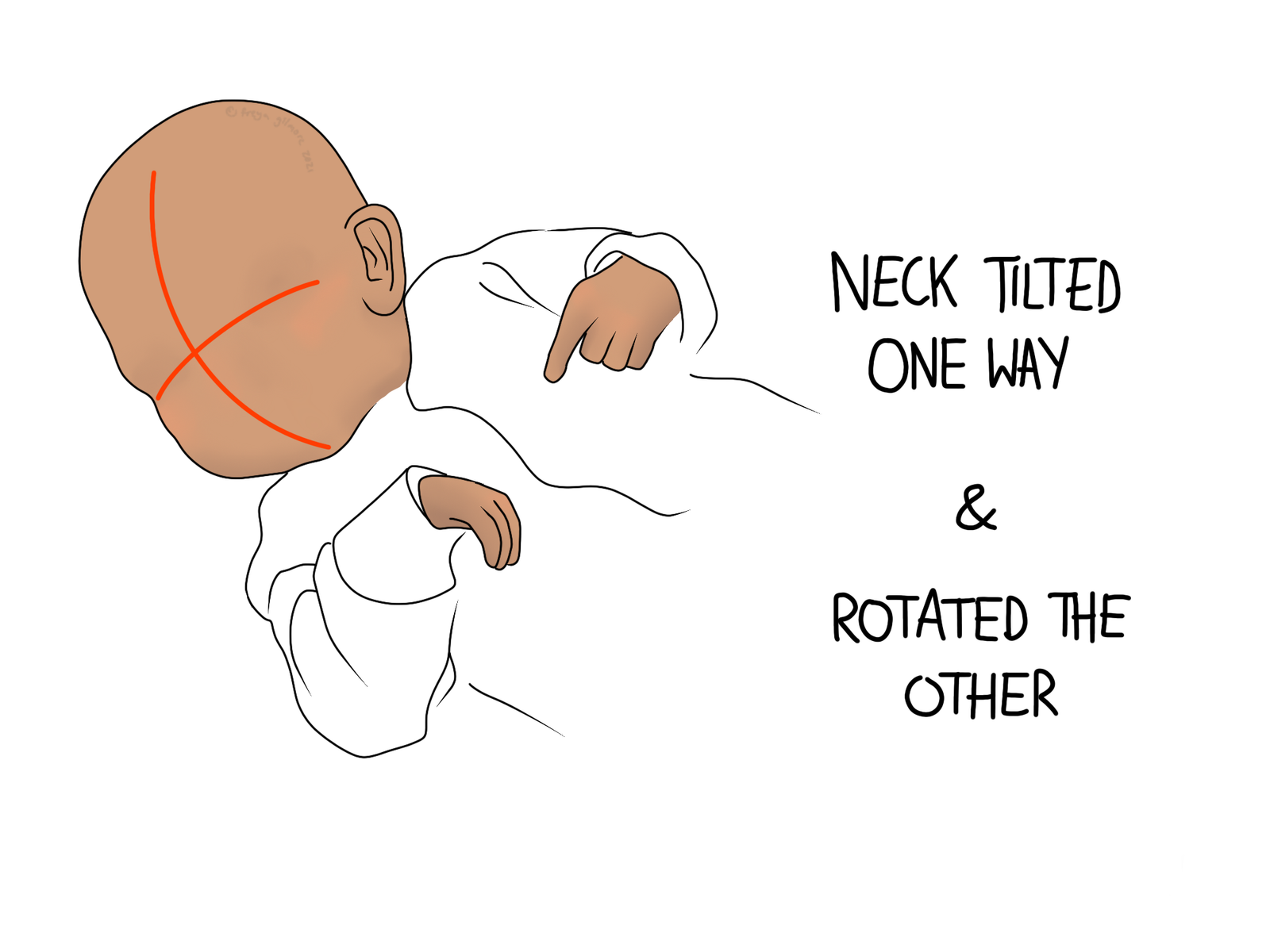
Infant Torticollis
When you see your new baby every day, it can be hard to spot their asymmetries. Sometimes torticollis is picked up alongside another sign, like a flat spot on the head. Often the parent will only spot a mild case when looking back at pictures or noticing that baby only reaches to toys on one side of their chair or play mat.
What is Torticollis?

Torticollis is a restriction of the neck. Specifically, the neck is bent to one side and rotated to the other. This can happen with adults as well, often after “cricking” the neck. For little babies it may be congenital (present from birth), or acquired. Although the two forms are quite different, they can be hard to identify as even the congenital form tends to develop once the neck muscles begin to strengthen. So although the condition is there from birth, it is only visible from a few weeks into life.
Congenital torticollis is a transient problem caused by muscle tension. The image to the left shows the primary muscle involved: SCM. This is the muscle that sticks out when you turn your head away. It is responsible for both of the movements involved in torticollis: side bending and rotation. If you suspect your baby may have torticollis, you might be able to spot the tight muscle when looking for it.
Theories for its causes include cramped positioning in the womb, or strains to the muscles during birth. It’s not a sign that you’ve done anything wrong. Acquired torticollis is a bit different, and your osteopath may want to refer your baby back to the GP or health visitor.
Managing Congenital Infant Torticollis
Your osteopath can work gently on the tight muscles to encourage them to release. Young babies are particularly receptive to treatment, so they may not need as much hands on work as you would expect. Between appointments, you may be given exercises to perform with your baby, such as gentle massage or stretching. If they have a toy they’re particularly interested in, you may be able to encourage them to stretch their neck actively by holding it just out of their comfortable sight.
The osteopath will also look for other areas of compensation- sometimes the shoulder hitches in response to the tight muscle, or other neck muscles may be involved. Beyond this, the condition is typically quite straight-forward, and results should be apparent quite quickly. If we have any concerns, we will ask you to get in touch with your GP or HV.
Association with Plagiocephaly
Plagiocephaly is a flat spot on the head that can affect young babies. They are particularly prone to this, as their skulls have not completely fused and they spend a lot of time laying down (with pressure on the head). It is a relatively common finding, especially now that safe sleep guidelines recommend keeping your baby on their back overnight before they develop the ability to roll over unaided.
For babies with torticollis, plagiocephaly may be more likely, as the head is held in the same position by default. You may find that resolving the tension in the neck is an important part of addressing the palgiocephaly.
Click here to make an appointment for your baby in Camberley
